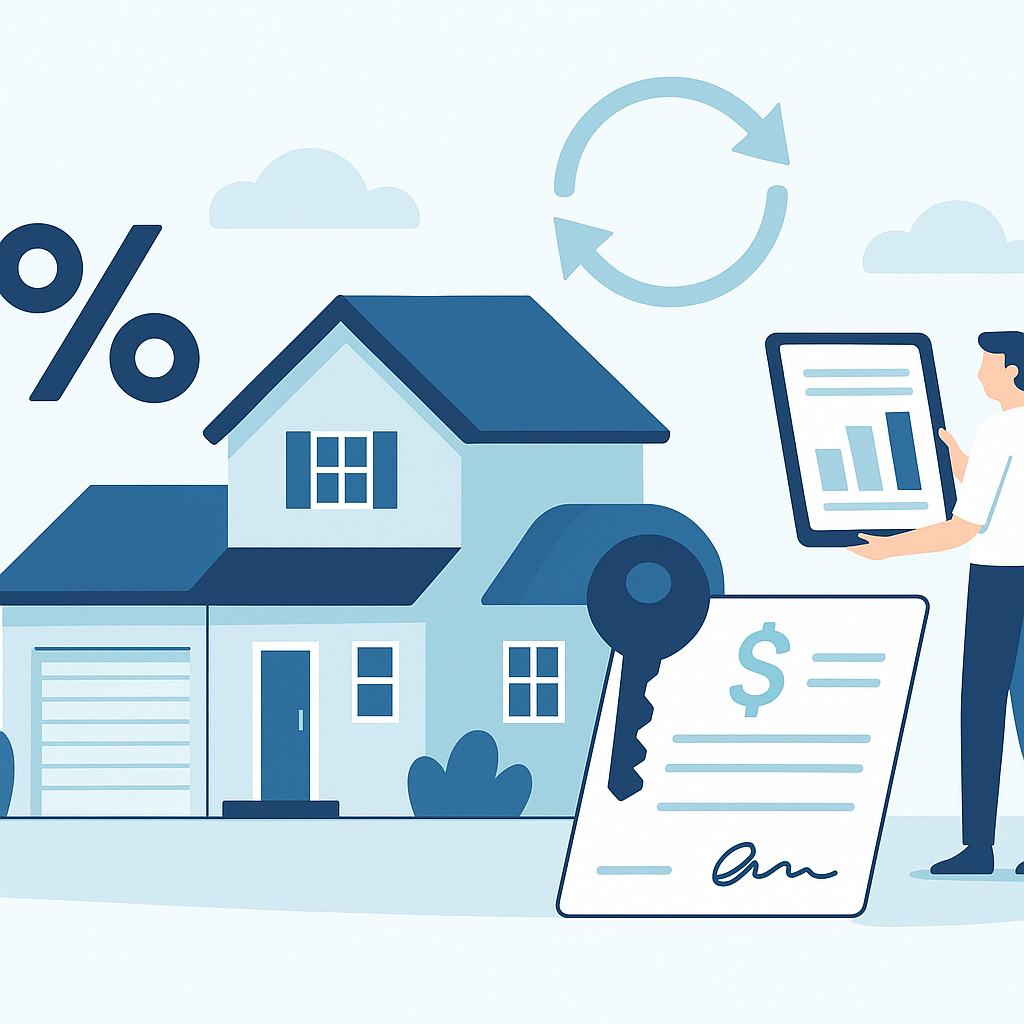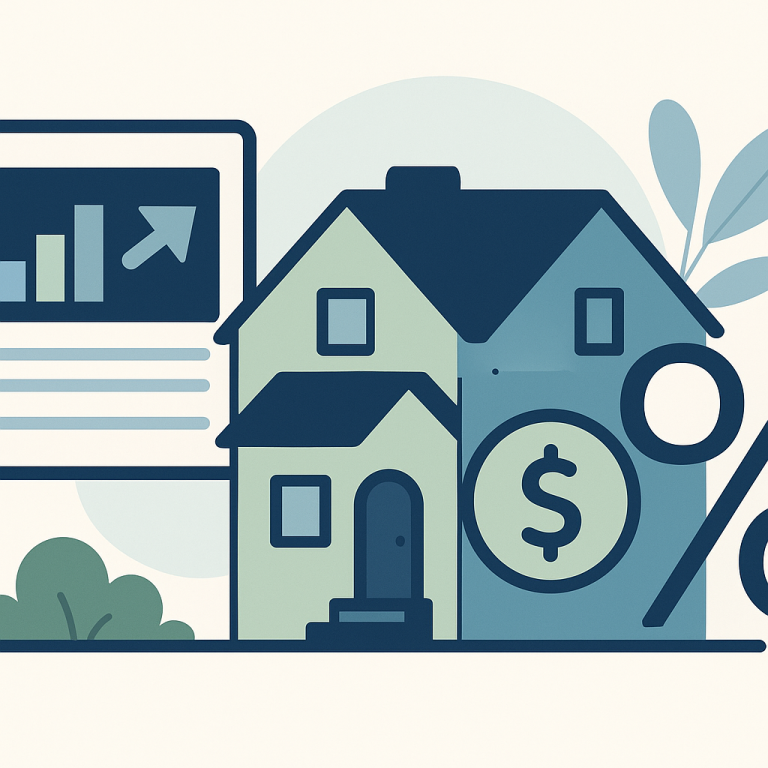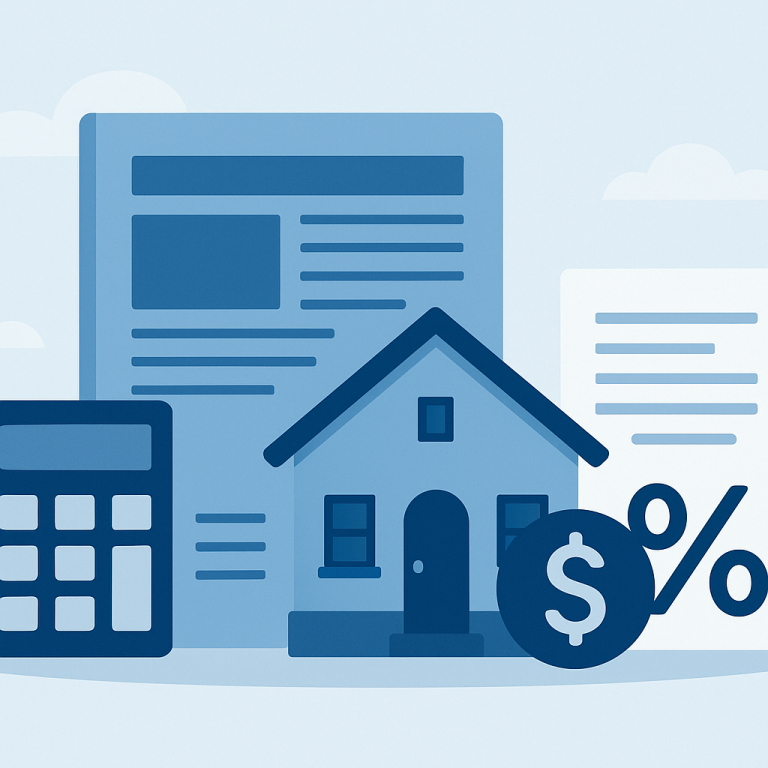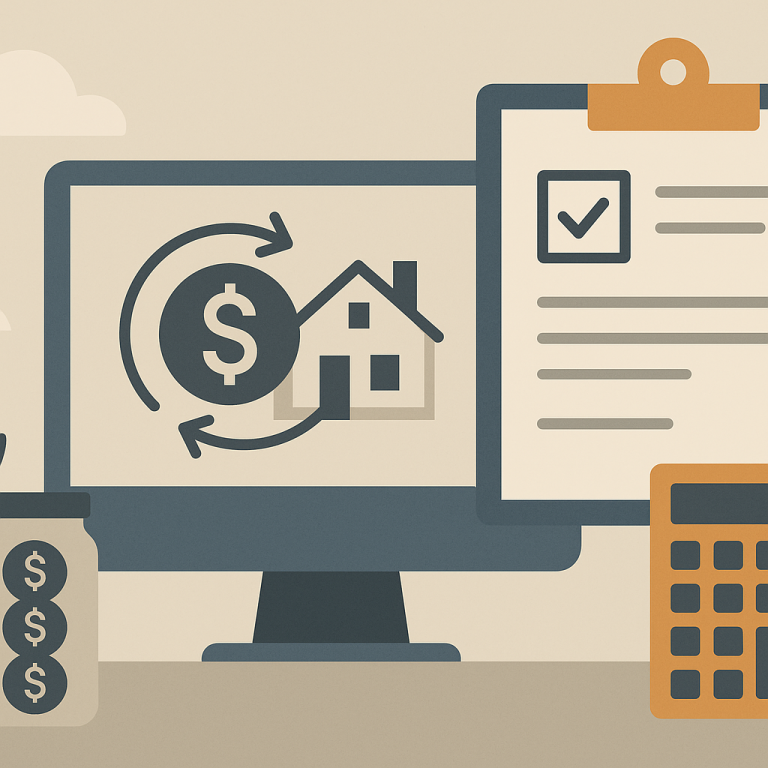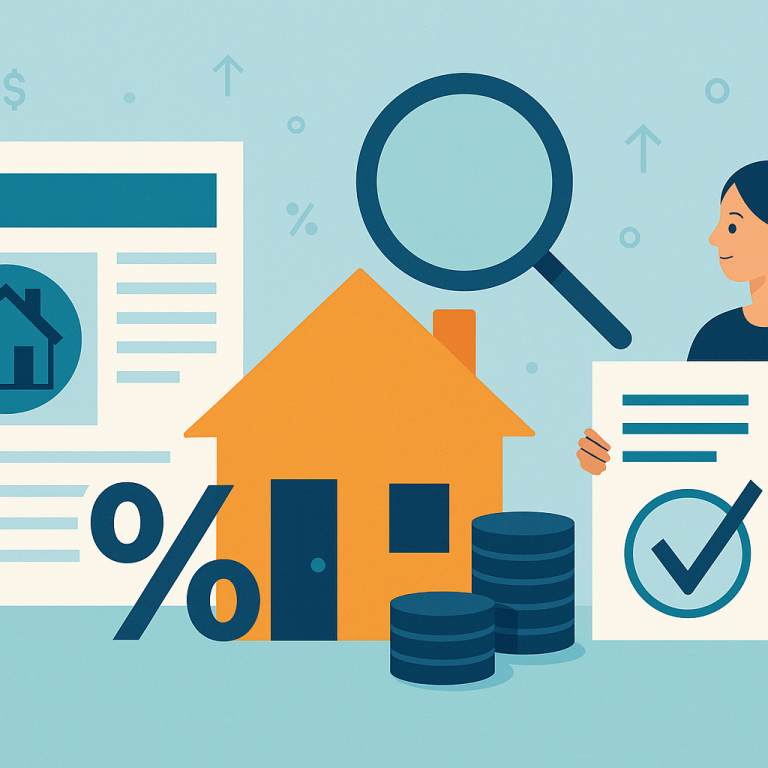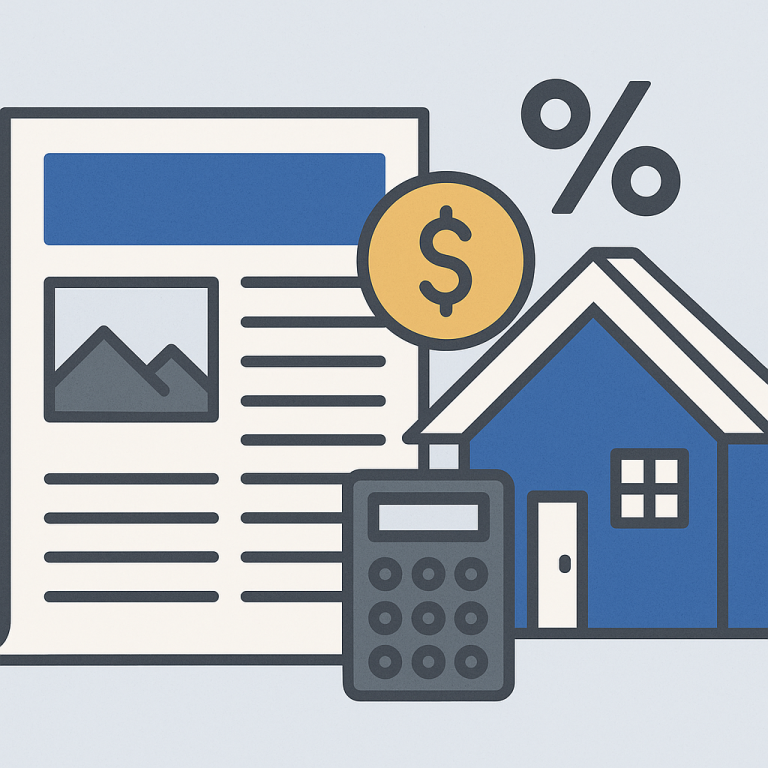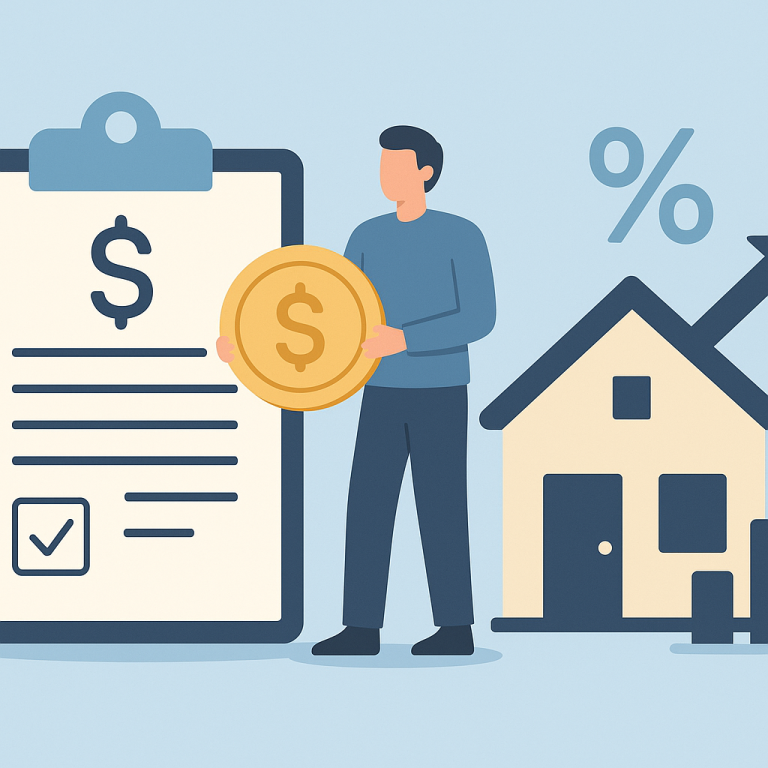Mortgage Refinance Rates Fall To 5.25% As 30-Year Fixed Declines
Refinancing Activity Slows; Homeowners Must Weigh Break-Even and Loan Features
Refinancing demand has softened as mortgage-rate volatility moderates and many borrowers who could benefit have already acted. For homeowners considering a refinance now, the most important questions are whether the new loan meaningfully reduces total cost or better aligns with financial goals, and how long it will take to recoup closing costs and fees.
What to evaluate before refinancing
Start with a clear objective: lower monthly payment, shorten the amortization schedule, tap equity with a cash‑out, or switch to more predictable payments. Once goals are set, focus on three practical factors that determine whether a refinance is worthwhile.
First, calculate the break-even horizon. This is the time it takes for savings from a lower rate or payment to offset refinance costs. Homeowners with plans to move soon are less likely to benefit; those intending to stay in place beyond the break-even timeframe may find a refinance advantageous.
Second, consider loan structure and total interest. Shortening the term can increase monthly payments even as it reduces interest over the life of the loan. Conversely, extending the term may lower monthly payments but increase total interest cost. Compare APRs and long‑term interest projections rather than headline rates alone.
Third, assess equity and closing costs. Adequate home equity can improve access to competitive rates and avoid private mortgage insurance on conventional refinances. Closing costs and any prepayment penalties on the existing loan should be included in the decision calculus.
Practical steps for homeowners
- Gather current loan documents to confirm outstanding balance, remaining term, and any penalty language.
- Obtain multiple quotes to compare rate offers, fees, and lender credits; use APR to compare total cost across lenders.
- Run a break-even analysis that includes all closing costs, escrow adjustments, and any projected changes to property taxes or insurance.
- Check credit reports and correct errors before applying; small improvements in credit profile can affect pricing.
- Decide on loan features—fixed vs. adjustable, term length, and whether to roll closing costs into the loan—based on both cash flow and long-term cost considerations.
When alternatives make sense
Refinancing is not the only option for adjusting housing-related finances. A home-equity line of credit can be preferable for borrowers who need short-term liquidity but want a lower initial cost. Loan modification programs can help homeowners experiencing payment strain without the expenses of a refinance. For those focused on reducing interest costs without changing monthly payment significantly, making additional principal payments on the existing loan may be an effective path.
Homeowner takeaways
- Clarify your primary refinancing objective before comparing offers.
- Perform a full break-even analysis that includes all costs and realistic plans for how long you will keep the home.
- Look beyond the headline rate—compare APR, fees, and loan features that affect long-term cost and flexibility.
- Shop multiple lenders and review the loan estimate carefully; small differences in fees can change whether a refinance makes sense.
- Consider alternatives such as HELOCs, loan modifications, or extra principal payments when they better match your needs.
META: refinancing, mortgage, homeowners, break-even analysis, loan terms, refinancing takeaways

